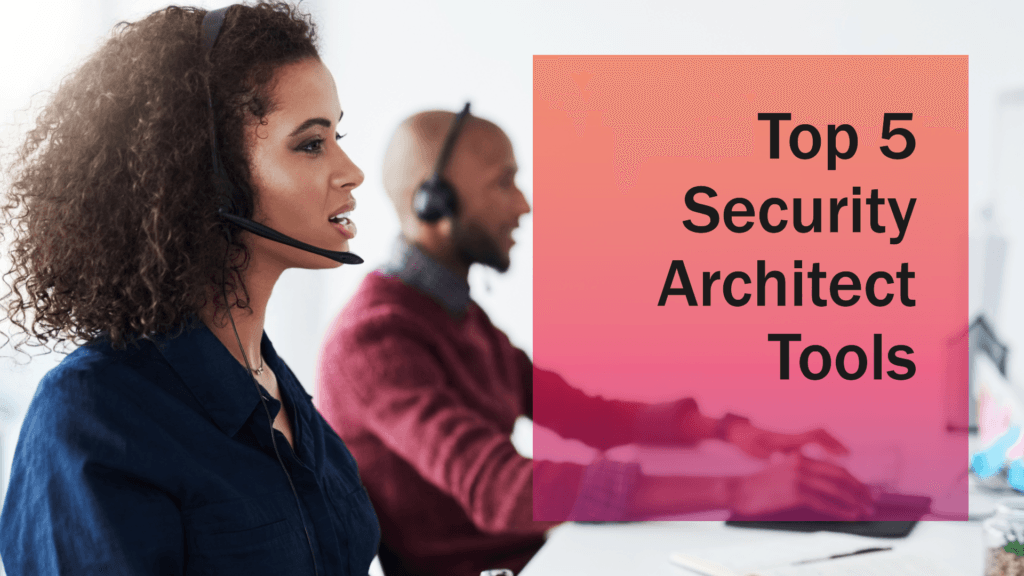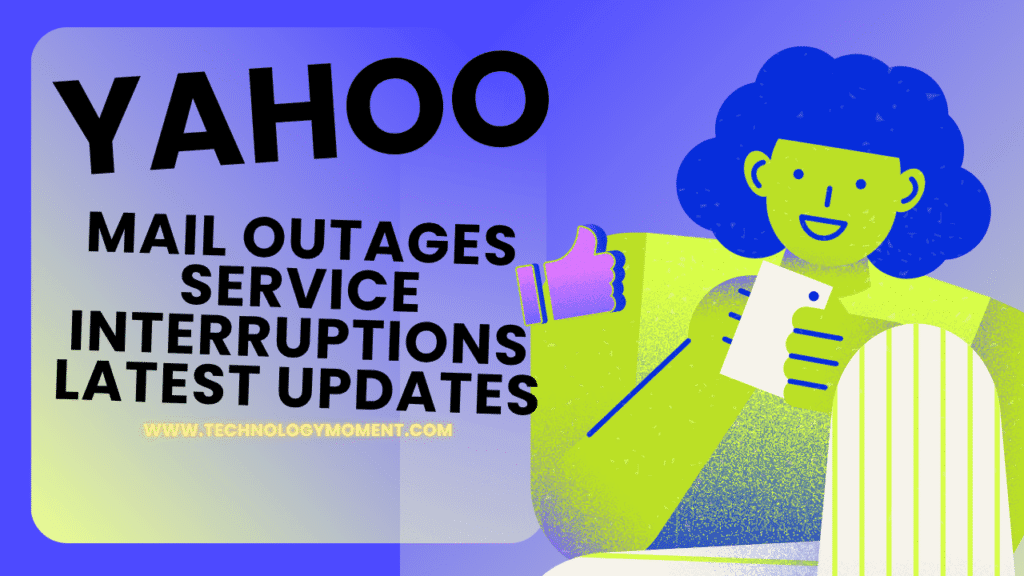Welcome to Technology Moment, your go-to hub for insightful, practical, and forward-thinking content on everything tech. Whether you’re a seasoned developer, DevOps engineer, or just starting your journey in cloud-native technologies, we’re here to keep you in the loop on the trends that matter most. we’re diving into a critical yet often overlooked topic: Kubernetes Security.
As Kubernetes continues to power modern applications across industries, securing your clusters has never been more important. Misconfigurations, unchecked permissions, and overlooked vulnerabilities can leave even the most robust systems wide open to threats.
Don’t worry—we’ve got you covered. In this guide, we break down the best practices you need to know to keep your Kubernetes environments safe, scalable, and secure. From network policies to role-based access control, we’ll walk you through it all in a clear, actionable way.
🔐 Why Kubernetes Security Is a Big Deal
Kubernetes has transformed how we build, deploy, and scale applications. It automates a lot of heavy lifting and enables DevOps teams to move faster. But here’s the trade-off: with more automation and complexity comes a larger attack surface.
Think about it—Kubernetes is like the control tower of your entire cloud-native ecosystem. If an attacker gains access to it, they could:
- Spin up malicious containers,
- Access sensitive data,
- Lateral-move across services,
- Or even bring down your infrastructure.
In other words, Kubernetes is a gold mine for attackers if not properly secured.
And let’s not forget, Kubernetes isn’t just one tool—it’s an ecosystem. It includes pods, services, ingress, controllers, secrets, storage, and more. Each of these components can be a point of vulnerability if not secured correctly.
So yeah, securing Kubernetes isn’t optional. It’s mission-critical.
🔍 What Makes Kubernetes Unique from a Security Standpoint
Kubernetes isn’t your traditional infrastructure, and its security model is different from, say, securing a virtual machine or a legacy app.
Here’s what makes it unique:
1. Ephemeral and Dynamic Nature
Containers in Kubernetes are short-lived and highly dynamic. Pods come and go, IPs change, and workloads shift constantly.
2. Microservices Architecture
Kubernetes is built to run microservices. These services often communicate with each other across the network, making network security and segmentation absolutely vital.
3. Complex Configuration
With YAML files defining deployments, roles, services, and more, there’s a huge risk of misconfiguration—which remains one of the top causes of Kubernetes-related breaches.
4. Shared Responsibility Model
In cloud-native environments, security is shared between your cloud provider, your DevOps team, and your security team. It’s easy for gaps to form if responsibilities aren’t clearly defined.
5. Built-in but Not Enabled by Default
Kubernetes offers several security features—like Role-Based Access Control (RBAC), audit logs, secrets management—but many of them aren’t enabled or properly configured out of the box.
6. Expanding Attack Surface
With Kubernetes, you’re managing multiple layers:
- The host OS
- Container runtime
- Kubernetes API server
- etcd (key-value store)
- Network interfaces Each of these layers can be compromised if not protected properly.
So, What’s the Takeaway?
Kubernetes offers flexibility and power, but with that comes responsibility. You can’t afford to “set it and forget it.” Security must be baked in from day one, not tacked on later.
In the rest of the article, we’ll go through practical best practices to help you lock down your Kubernetes clusters like a pro—without losing sleep (or your cluster to a breach).
Let’s keep going! 👇
Table of Contents
🧠 Core Concepts of Kubernetes Security
Before locking things down, you’ve got to know what you’re working with. Think of this as learning the map before building a fortress.
🔧 Understanding the Kubernetes Architecture
Kubernetes isn’t just one big piece of software—it’s a system of multiple components working in harmony.
📍 Master Node vs Worker Node
- Master Node (Control Plane): This is the brain. It makes decisions, like scheduling pods, responding to cluster events, and managing the overall state.
- Worker Nodes: These are the muscle. They actually run the application containers inside pods.
⚙️ Key Kubernetes Components
- API Server: Front door to your cluster. All communications pass through here.
- etcd: A highly available key-value store. Think of it as the memory of your cluster.
- Controller Manager & Scheduler: Make sure everything runs as it should.
- Kubelet: Talks to the container runtime and manages pods on each node.
⚠️ Common Threats and Vulnerabilities
- Misconfigurations: One wrong YAML file and you’ve left the door open.
- Exposed Dashboards/APIs: Default settings often expose critical resources.
- Lack of RBAC: Over-permissioned users or services can do serious damage.
- Unpatched Components: Outdated versions of Kubernetes or container runtimes often have known vulnerabilities.
🌐 Network Security in Kubernetes
If your cluster is a city, then networking is the roads and highways. And just like in real life, those need speed limits and traffic rules.
🔒 Secure Pod-to-Pod Communication
By default, Kubernetes allows every pod to talk to every other pod. Great for flexibility—not so great for security.
You should:
- Segment traffic between different workloads.
- Use TLS encryption for inter-pod communication.
- Avoid hard-coded IPs—use Kubernetes services and DNS instead.
🛡️ Network Policies – The Unsung Hero
Network Policies act like firewalls for your pods. You can:
- Whitelist specific pod-to-pod traffic.
- Deny all ingress/egress traffic by default (recommended).
- Control traffic based on labels, ports, and namespaces.
These are CRUCIAL for enforcing zero trust networking inside your cluster.
🔗 Using Service Mesh for Enhanced Network Security
Service meshes like Istio or Linkerd add features like:
- Automatic mutual TLS (mTLS) between services.
- Traffic control, retries, and failovers.
- Observability and telemetry for tracing requests.
It’s like putting a security guard on every route between services.
🧾 Authentication and Authorization
You wouldn’t leave your house without locking the door. Same logic applies here.
🧍 Role-Based Access Control (RBAC)
RBAC is your first defense against internal threats.
- Users and service accounts get specific roles.
- You should follow the principle of least privilege—give only the permissions necessary to do the job.
Example: Your CI/CD pipeline might only need permission to deploy, not delete entire namespaces.
🔑 Service Accounts and API Access
Pods often need to communicate with the Kubernetes API. That’s done via service accounts.
Best practices:
- Create custom service accounts per workload.
- Avoid using the default service account.
- Limit API access using RBAC tied to the service account.
📁 Best Practices for Managing Secrets
Secrets are sensitive data (like API keys, passwords). But by default, they’re just base64-encoded, not encrypted.
To improve security:
- Enable encryption at rest in etcd.
- Use tools like HashiCorp Vault or Sealed Secrets.
- Mount secrets as environment variables or volumes with care.
📦 Container and Pod Security
Your app lives inside containers, so this is your last line of defense.
🥡 Use Minimal Base Images
- Alpine Linux, BusyBox—these are lean and clean.
- Fewer packages = smaller attack surface.
- Avoid bloated images like full Ubuntu unless absolutely necessary.
🚫 Don’t Run Containers as Root
- Use a non-root user in your Dockerfile.
- Set security contexts in your Pod specs (
runAsNonRoot: true). - It’s like giving someone access to your room vs your whole house.
⚖️ Set Resource Limits and Pod Security Policies
- Use Pod Security Standards (PSS) or tools like OPA Gatekeeper to enforce rules like:
- No privileged containers
- No host networking
- Read-only root file systems
🔧 Securing Kubernetes Configuration
🔒 Protecting the Kubelet
The Kubelet is the agent that runs on each Kubernetes node and talks to the API server. It controls the containers on its node, making it a juicy target if left exposed. Here’s how to lock it down:
- Disable anonymous access.
- Use HTTPS for all communications.
- Limit the Kubelet’s access to the API server.
- Enable authentication and authorization on the Kubelet.
🧠 Securing etcd – The Brain of Your Cluster
If Kubernetes had a memory, it’d be etcd—this is where all cluster data lives. If someone gains access to etcd, they basically own your cluster. Protect it by:
- Encrypting data at rest.
- Using strong access control policies.
- Running etcd on a separate node/network if possible.
- Using TLS certificates for etcd client-server communication.
🔑 Managing Kubernetes Secrets the Right Way
Kubernetes Secrets can hold API keys, passwords, tokens—basically, all the goodies you don’t want leaked.
- Use external secret management tools like HashiCorp Vault or AWS Secrets Manager.
- Avoid putting secrets in plain YAML files.
- Enable encryption at rest for Kubernetes Secrets.
- Limit access with RBAC.
📊 Monitoring and Logging for Security
📝 Audit Logs and What to Look For
Kubernetes Audit Logs are your black box—they record who did what and when. Key things to monitor:
- Unauthorized access attempts.
- Changes to RBAC roles or bindings.
- Access to secrets or config maps.
- Admin-level actions during odd hours.
🔔 Setting Up Real-Time Alerts
Alerts can be the difference between fixing a breach and finding out about it in the news. You should:
- Use tools like Prometheus + Alertmanager, Grafana, or Datadog.
🛠️ Tools That Help You Stay Secure
- Falco: Detects abnormal behavior in real time.
- Prometheus & Grafana: Monitor cluster metrics and visualize trends.
- ELK Stack or EFK Stack: Great for managing logs from all cluster components.
🔄 Update and Patch Management
🚨 Why Updates Are Non-Negotiable
Security patches fix vulnerabilities that hackers are already trying to exploit. Running outdated versions of Kubernetes or container images is like leaving your front door open.
🧘♂️ Strategies for Seamless Updates in Production
- Use blue-green deployments or canary rollouts to test updates.
- Regularly patch the OS, Kubernetes version, and container runtimes.
- Use managed services (like GKE, EKS, AKS) which handle a lot of the patching automatically.
- Automate updates with tools like Kured (Kubernetes reboot daemon).
🚚 Supply Chain Security
🔍 Image Scanning and Signing
Best Tools using Trivy, Anchore, or Clair. Also, sign images using tools like Cosign to verify their integrity.
🏷️ Using Trusted Registries
Pull images only from trusted and private registries. Avoid public or unknown image sources, as they could be trojan horses.
🧬 Preventing Dependency Attacks
Use tools that check for malicious or outdated dependencies in your software stack. Employ SBOMs (Software Bill of Materials) to track everything your application includes.
🛡️ Incident Response Planning
🧑🚒 Creating a Kubernetes-Specific Incident Plan
Don’t wait for a crisis to make a plan. Have a playbook that includes:
- Steps to isolate compromised pods or nodes.
- Procedures to rotate secrets or certificates.
- A communication plan for internal and external stakeholders.
🧯 Backups and Disaster Recovery
- Regularly back up etcd and other critical data.
- Test your restore procedures—don’t assume they work!
- Use tools like Velero for backup and recovery of Kubernetes workloads.
🧰 Cloud-Native Security Tools
🆓 Open-Source vs Commercial Tools
- Open-Source: Tools like Falco, Trivy, OPA (Open Policy Agent), kube-bench.
- Commercial: Prisma Cloud, Aqua Security, Sysdig Secure, etc.
Choose a mix based on your budget and risk profile. Open-source is great, but enterprise tools often offer better integrations and support.
📋 Top Tools You Should Consider
- Falco: Runtime security.
- OPA/Gatekeeper: Policy enforcement.
- Trivy: Vulnerability scanning.
- Kyverno: Kubernetes-native policy engine.
- Kubeaudit: Audits your cluster against security best practices.
🔄 DevSecOps and Kubernetes
🏗️ Shifting Security Left
DevSecOps means integrating security early in the development cycle—not after things go wrong.
- Include image scanning and linting in CI/CD pipelines.
- Use pre-commit hooks to prevent risky code from getting committed.
⚙️ Integrating Security into CI/CD Pipelines
- Automate scanning with tools like Snyk, Trivy, and Checkov.
- Block deployments that don’t meet security benchmarks.
- Add security tests alongside your unit and integration tests.
💣 Real-World Kubernetes Breaches (And What We Learned)
🕵️ Case Study 1: Tesla Kubernetes Breach
Hackers accessed Tesla’s Kubernetes dashboard because it wasn’t password-protected. They used it to run cryptojacking scripts.
Lesson: Never expose your dashboard publicly. Use strong auth methods.
🔥 Case Study 2: Capital One Cloud Misconfig
Though not Kubernetes-specific, it involved poor IAM policies and access control. Data was stolen from misconfigured AWS permissions.
Lesson: RBAC and IAM matter—a lot.
These real cases show how simple oversights can have huge consequences.
🧾 Conclusion
Securing Kubernetes isn’t a one-and-done task. It’s a mindset, a process, and a culture. From the moment you deploy your first cluster to scaling up to production-level workloads, every layer of your architecture matters—from pods and nodes to APIs and infrastructure.
We’ve covered a ton here: from the basic building blocks of Kubernetes architecture, to securing communication between pods, setting up proper RBAC, keeping secrets out of plain sight, using tools for monitoring, and implementing strong update policies. And don’t forget the human factor—incident response planning and integrating security into your DevOps workflows are just as important as setting configurations correctly.
Every layer, when properly configured, peels away opportunities for attackers and gives your team more time to detect and respond to threats. So whether you’re a DevOps engineer, a cloud architect, or a curious developer, embedding these best practices into your workflows ensures your clusters are resilient, secure, and battle-ready.

In short? Be proactive, not reactive. Monitor continuously. Automate wisely. And above all—never leave security as an afterthought.
❓FAQs
What is the biggest security risk in Kubernetes?
The biggest risk often comes from misconfiguration—whether it’s over-permissive RBAC roles, open APIs, or weak secret management. Kubernetes offers fine-grained control, but if left unchecked or poorly configured, those features become vulnerabilities. The most common attack vectors include unsecured dashboards, exposed etcd instances, and containers running as root.
How often should you scan container images?
Every single time you build or update an image. Period. Image scanning should be an automatic part of your CI/CD pipeline. Tools like Trivy, Clair, and Anchore can catch known vulnerabilities early, before they ever make it into production. Regular scanning ensures you’re not shipping ticking time bombs into your clusters.
Is it safe to expose Kubernetes API publicly?
In most cases—no, it’s not safe. The Kubernetes API is a powerful interface and exposing it to the public internet is risky unless you have robust access control, network policies, and authentication mechanisms in place. Ideally, restrict access to internal networks or use VPNs and Identity-Aware Proxies to gate access.
Can you use Kubernetes securely on any cloud?
Yes, but it depends on how you configure it. All major cloud providers (AWS, GCP, Azure) offer managed Kubernetes services, but default settings are not always secure. You need to tweak things—like network access, encryption settings, logging, and permissions—to ensure the deployment meets your security standards. Don’t assume “cloud = secure” by default.
How do I start implementing Kubernetes security?
Start with the basics:
- Use RBAC to control access.
- Set PodSecurityPolicies or Pod Security Standards.
- Manage secrets using tools like HashiCorp Vault or Kubernetes Secrets with encryption at rest.
- Implement network policies to restrict traffic.
- Regularly scan container images.
- Audit logs and monitor for unusual behavior. And most importantly—educate your team. Security is a team sport, not a solo game.













